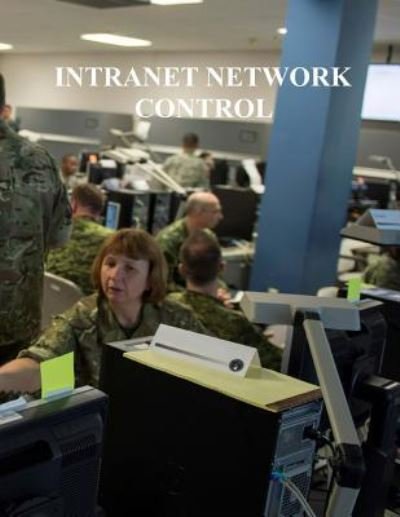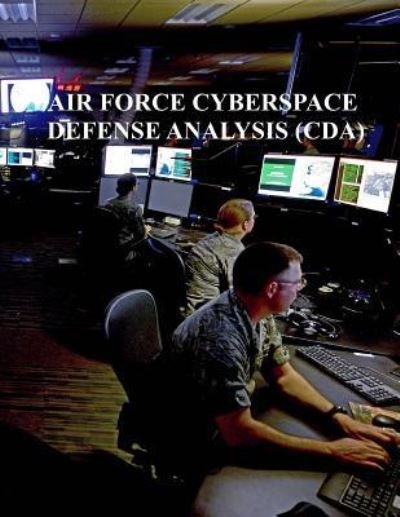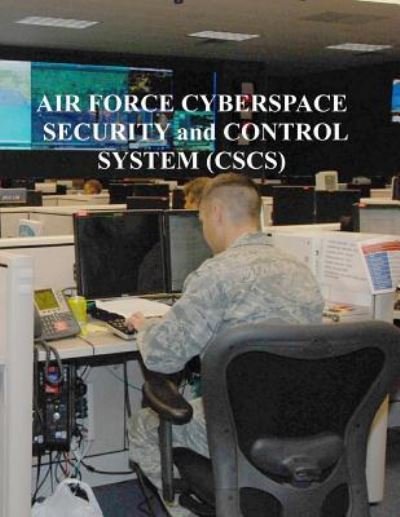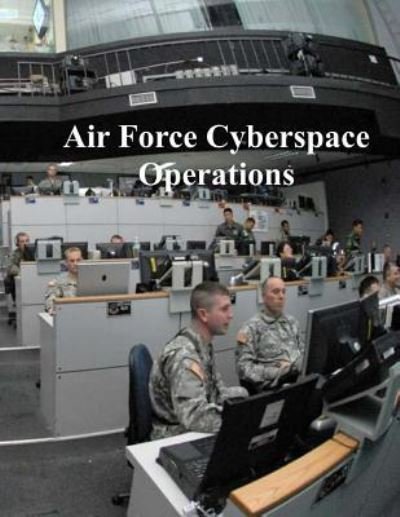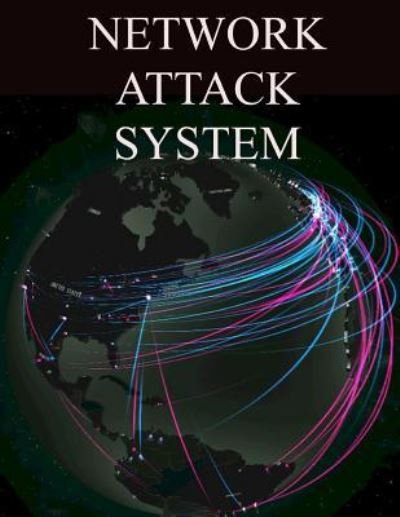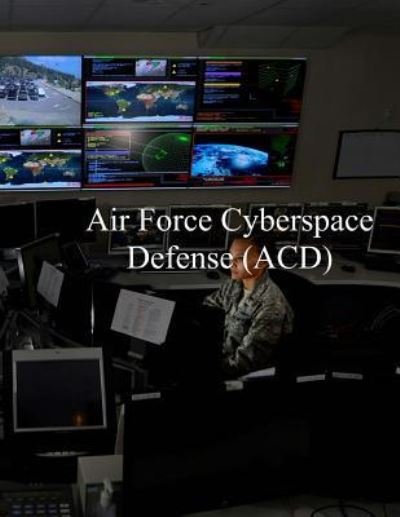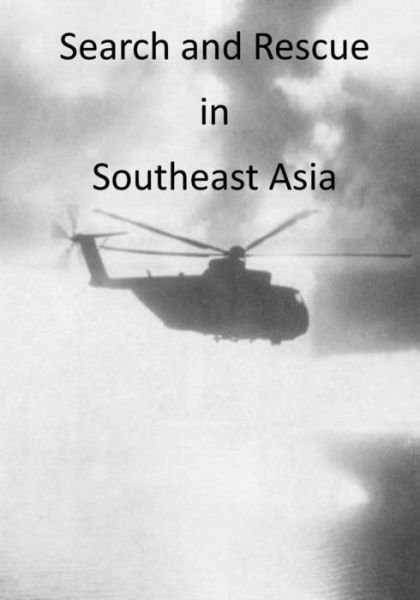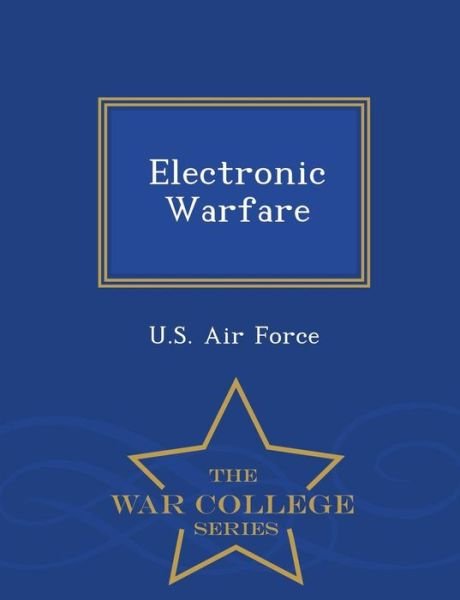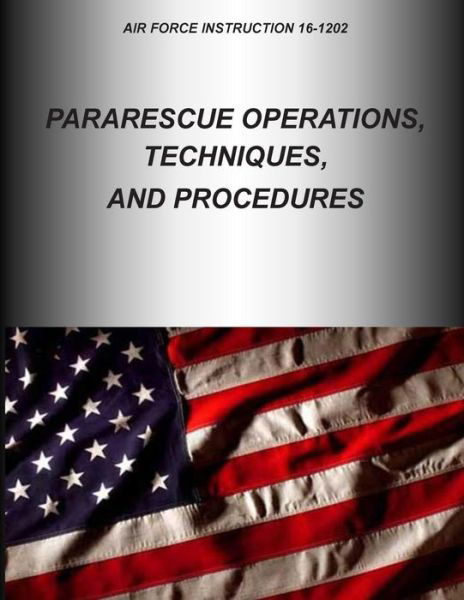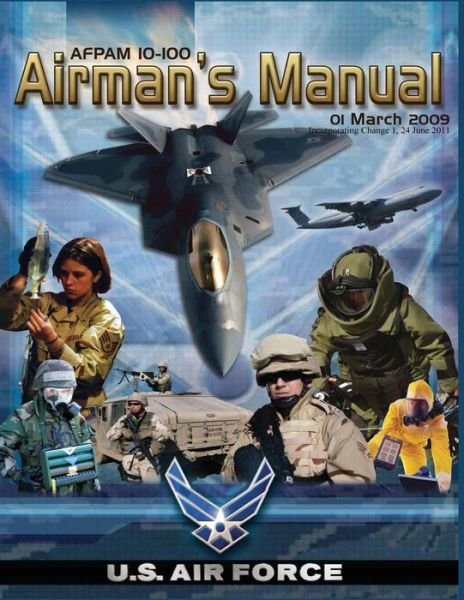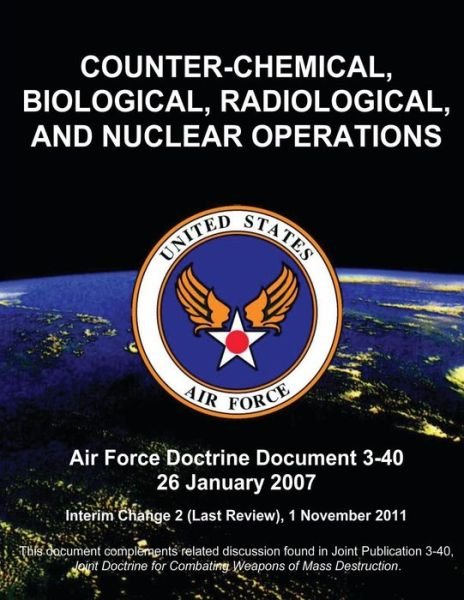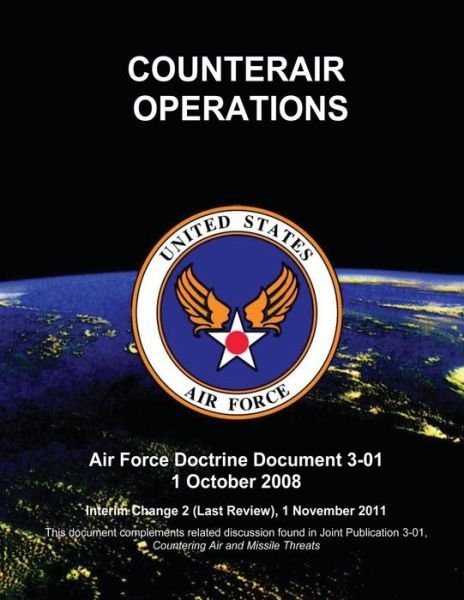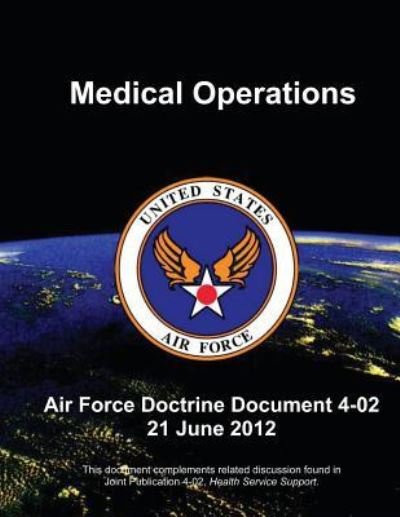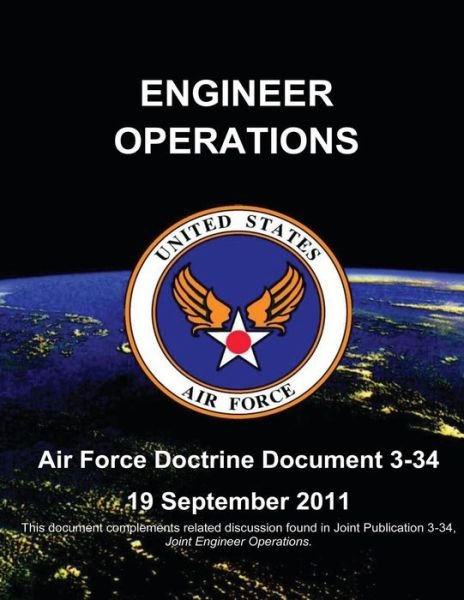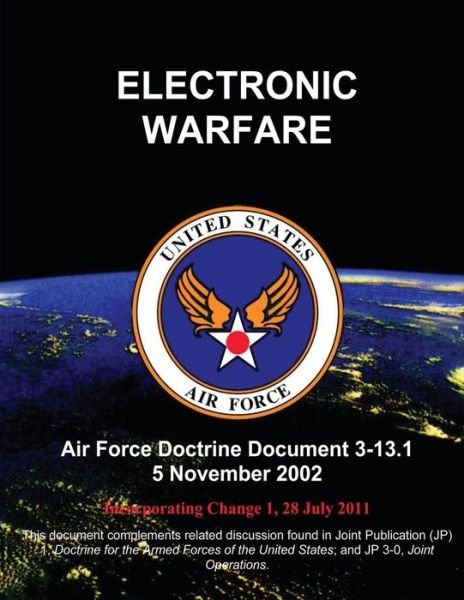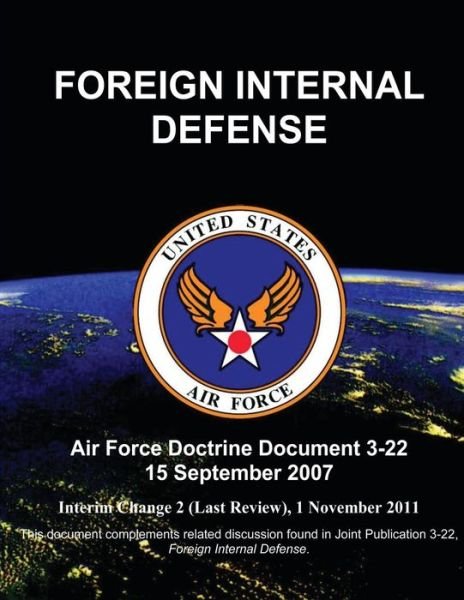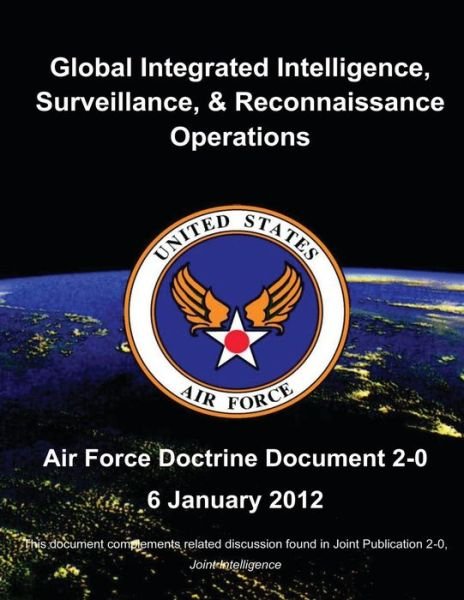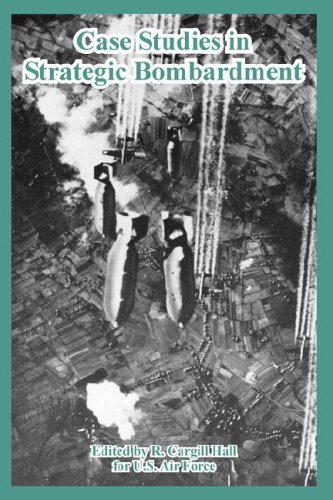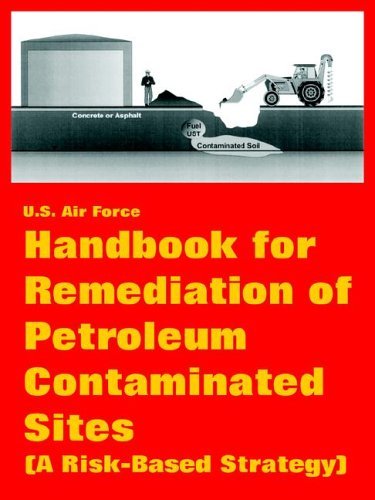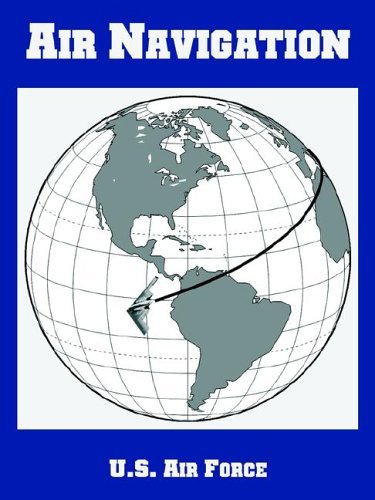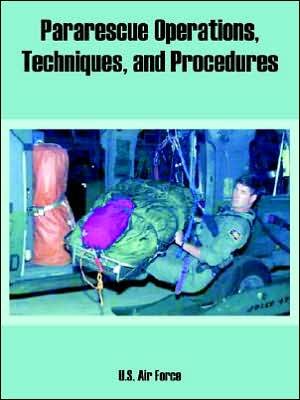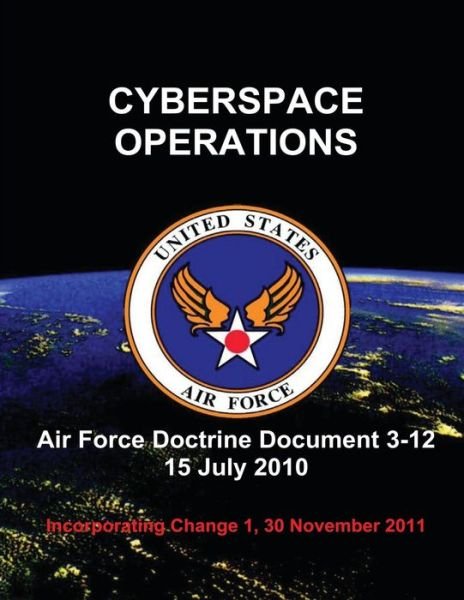
Tell your friends about this item:
Cyberspace Operations - Air Force Doctrine Document (Afdd) 3-12
U S Air Force
Cyberspace Operations - Air Force Doctrine Document (Afdd) 3-12
U S Air Force
Publisher Marketing: Much has changed in the overall operational environment in the past few years. The character of contemporary conflict has driven a significant shift in the US approach to warfighting. The large-scale, complex, force-on-force scenarios that drove much of Cold War planning, and were executed in Operation DESERT STORM and the opening stage of Operation IRAQI FREEDOM are now viewed almost as the exception, replaced by the careful, precise, and relatively measured pace of irregular warfare against nontraditional enemies. Adversary capabilities may range from long-range, precision-guided attacks to explosive vests worn by suicide bombers. The threat of mass destruction from chemical, biological, radiological, and nuclear weapons will likely expand from stable nation-states to less stable states and even non-state networks. These changes have significant, long-term implications for the planning and conduct of US operations: The need for current, precise, and detailed analysis requires a continuing expansion in the scale of information collection and processing; networks are as important as a single bullet or bomb. Sensors, shooters, and fusion centers are routinely interconnected worldwide to achieve a unified battle rhythm, and Threats against the US homeland will increase. The United States can expect future opponents to launch both terrorist and unconventional attacks on the territory of the United States. Civil, military, and industrial cyber networks have already seen an upswing in probes, intrusions, exploitations, and attacks. The proliferation of commercially available technology will allow adversaries to develop niche capabilities that will threaten, in varying degrees, the successful conduct of operations in areas where US forces were previously unchallenged. Space and cyber networks are increasingly vulnerable to a wide array of new threats. Adversary anti-access capabilities will continue to improve, challenging US ability to project power and influence. Countering these capabilities is vital to assure freedom of action in, through, and from air, space, and cyberspace. Air Force Doctrine Document 3-12, Cyberspace Operations, is the Air Force's foundational doctrine publication for Air Force operations in, through, and from the cyberspace domain. This document means to provide insight for Airmen to follow. This document speaks to Air Force support of maintaining Cyberspace Superiority, a common military function. Chapter 1, Cyberspace Fundamentals, establishes the fundamental nature and context of Air Force cyberspace operations in this newly defined operational environment. This chapter defines fundamental terms and concepts for cyberspace operations. Discussions in this chapter include the strategic environment, general strategic policy, missions, military challenges, the Airman's perspective, relationship to other doctrine, principles of war, tenets of airpower, and cross-domain integration. Chapter 2, Command and Organization, describes the command, control, and organization of cyberspace forces. It depicts operational-level policy, command relationships, and commander roles and responsibilities. It discusses how global and theater cyberspace operations will be conducted through integrated command, control, and organization of military capabilities to achieve JFC objectives. Chapter 3, Design, Planning, Execution, and Assessment, describes how Air Force cyberspace operations are designed, planned, executed, and assessed. Also described are legal concerns, logistics, and operational considerations across the range of military operations. Appendix A, Ten Things Every Airman Must Know, is a list of ten things that every Airman ought to know, with respect to cyberspace operations. Appendix B, Policy and Doctrine Related to Cyberspace Operations, matrix includes recent and relevant National, Department of Defense-level, joint, and Air Force documents, publications, and doctrine which are related to cyberspace operations. Contributor Bio: Force, U S Air Janet Sue Sisson was born in Brazil, Indiana but was raised in Anderson Indiana. She is the daughter of Audra and Vern Shinn. She has one sister, Darleen. She married Donald Sisson and has two daughters, Dana and Donnellyn, and six grandchildren and six great- grandchildren.
| Media | Books Paperback Book (Book with soft cover and glued back) |
| Released | November 7, 2012 |
| ISBN13 | 9781480271906 |
| Publishers | Createspace |
| Pages | 60 |
| Dimensions | 216 × 280 × 3 mm · 163 g |

 Christmas presents can be returned until 31 January
Christmas presents can be returned until 31 January



